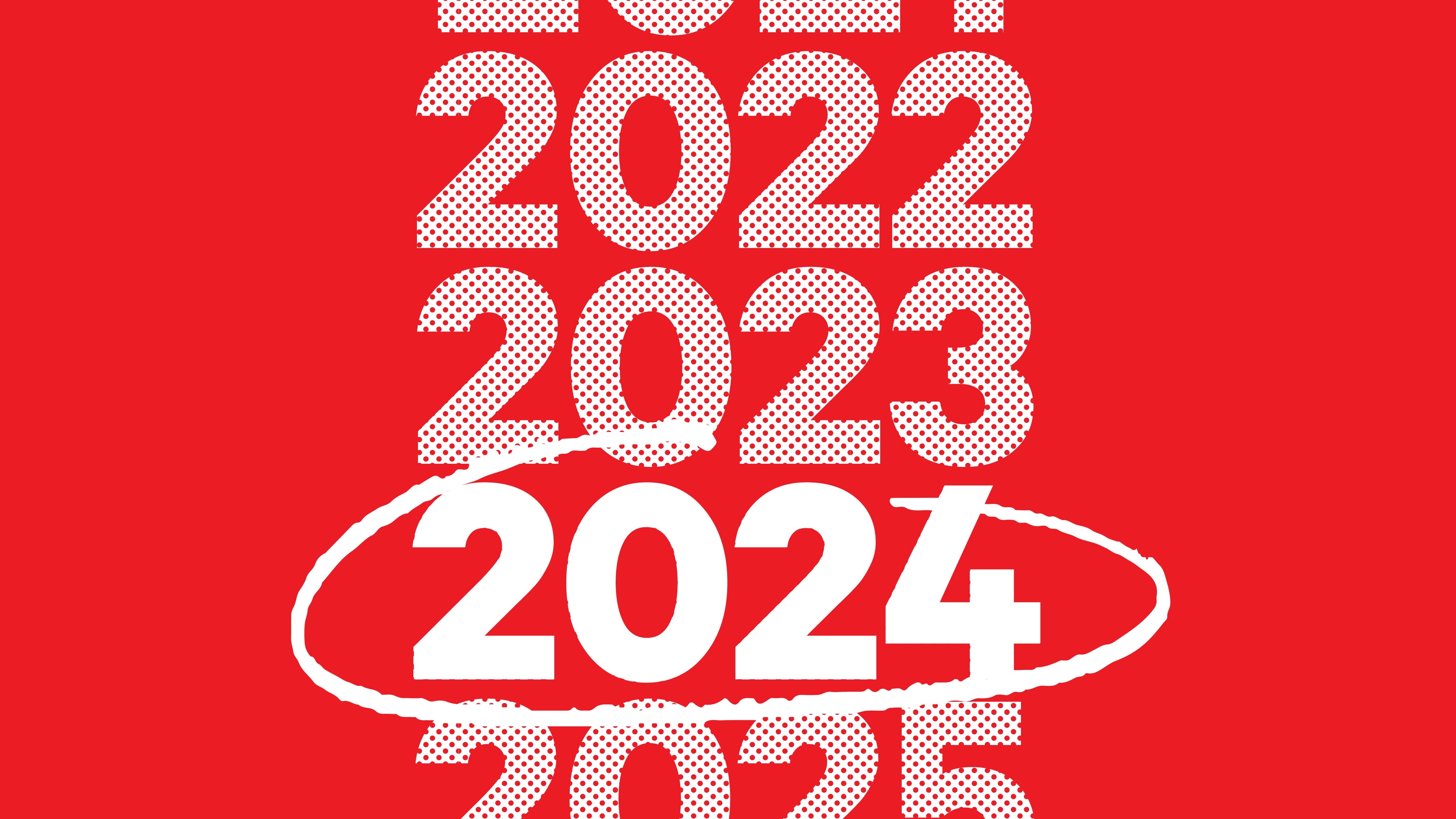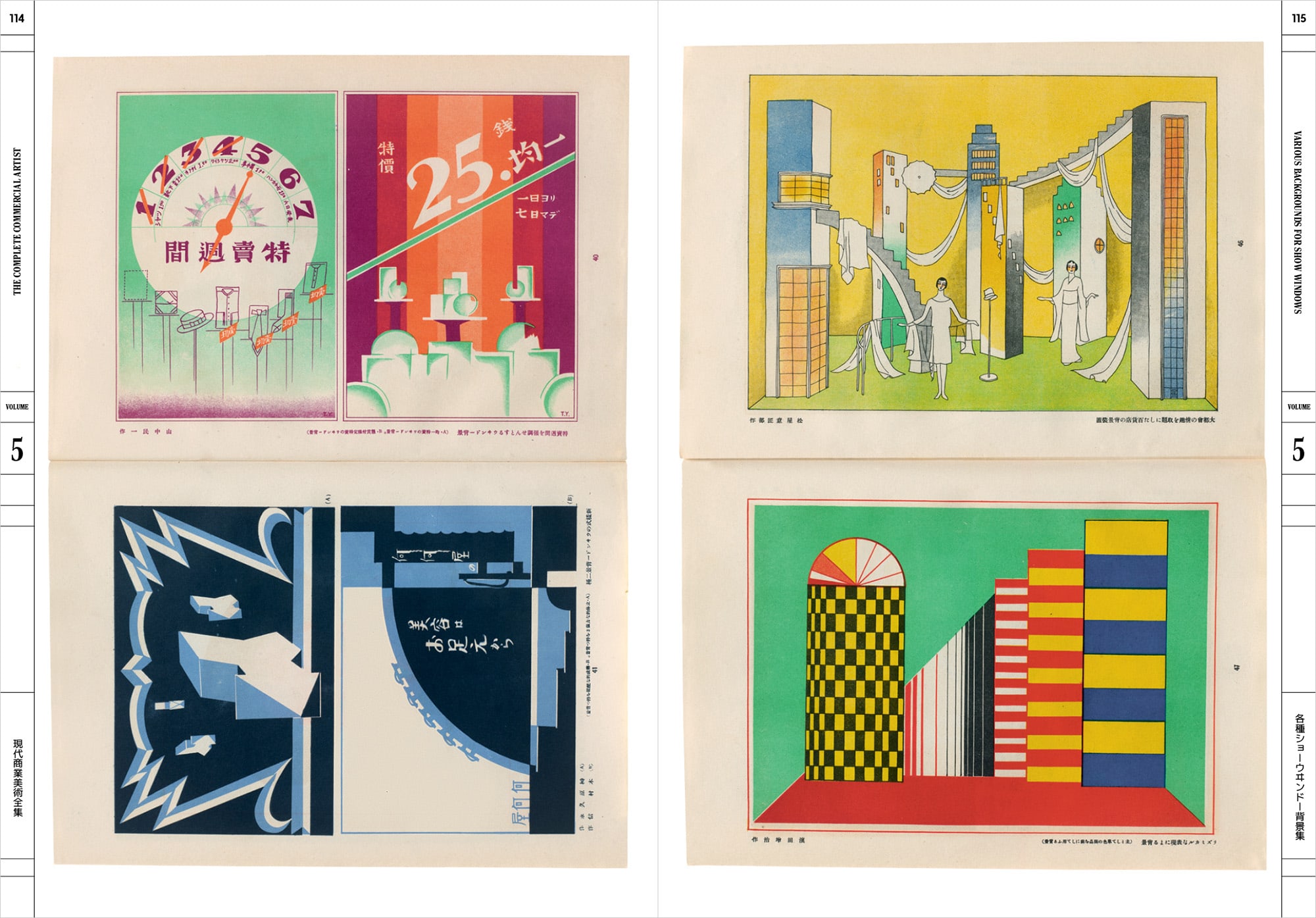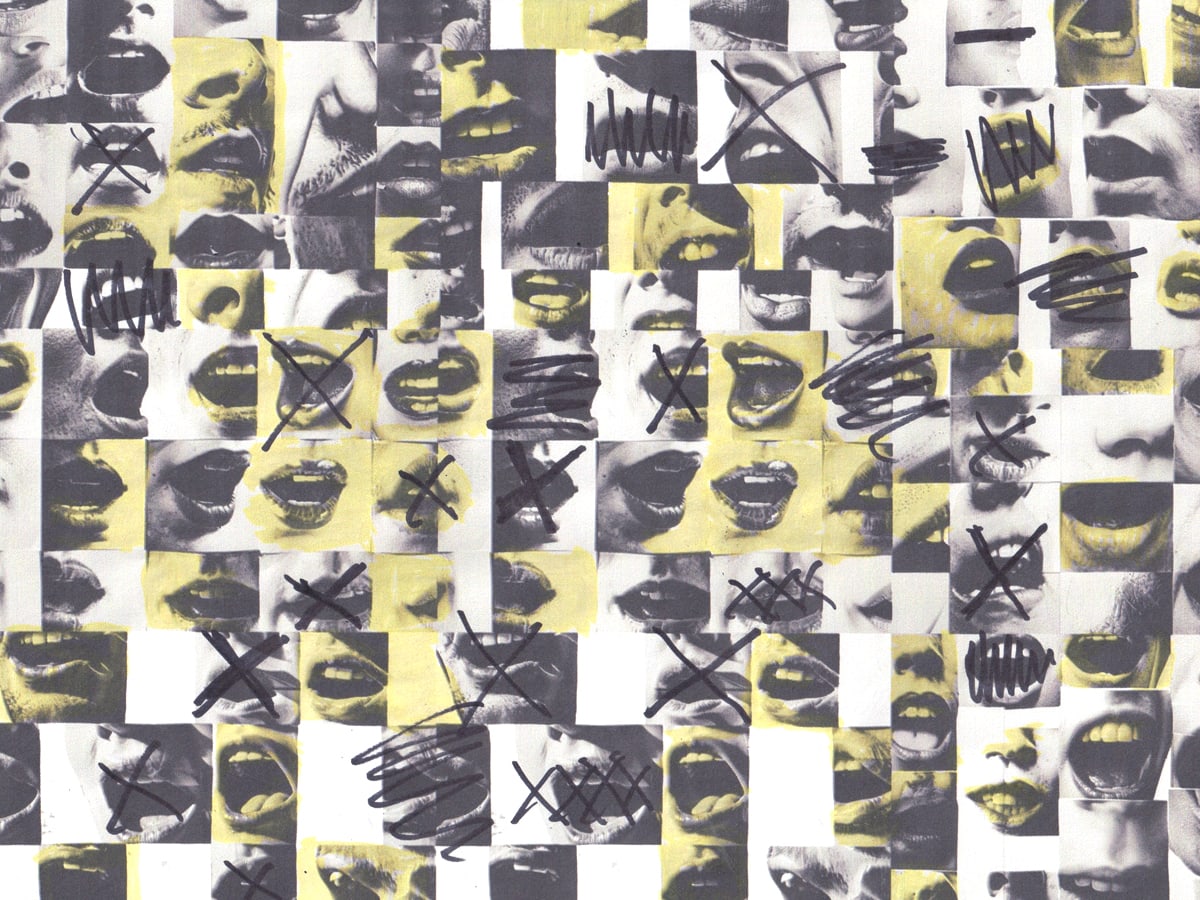At Scratching the Surface, we believe that design is ideology made artifact; that designers are critical in shaping the future. So as we look towards a new year, we reached out to some favorite guests from this year to hear what they hope to see in 2024. Thanks for another great year at Scratching the Surface and Happy New Year!
‘Human-centered design’ needs radical new forms of human empathy. A wise person once said ‘Most of the world’s problems fall into one of two categories: Humans dominating other humans and humans dominating nature.’ Life on the planet needs new cultural tendencies that teach empathy for each other and empathy for nature. The reactive responses to recent events like the global pandemic, racial tensions, international wars, and severe weather from climate change all signal an urgent need for new coping skills and empathy is at the center.
In this context, ‘human-centered design’ comes into question. If humanness is at the center of our design process, then surely it makes sense to question what it means to be human to each other, and question humanity’s supremacy over nature. These are difficult questions that require many uncomfortable conversations and new thinking tools to navigate conflict in the search for change and healing.
The issues at stake are deeply political. That is, they rely on an understanding of power relations. It’s time for ‘human-centered design’ to drop the façade of neutrality and acknowledge the power relations implicit in human experience. The future needs much deeper forms of human empathy and that need is becoming more obvious with each new crisis.
—Scott Klinker, Designer-in-residence and Head of 3D Design at Cranbrook Academy of Art
→ Listen to our interview with Scott
My vision for 2024 in terms of design practice, architectural education, and the industry at large is for more crossovers – to see more cross-generational guidance, an embrace of cross-industry strategies, and cross-continental conversations. What I’ve learned through my five years of running Madame Architect is that one is most creative when bringing together seemingly disparate elements that may not have interacted before, and when one engages with and listens to a multitude of perspectives from all kinds of origins. In this crucial period of rethinking models of practice, combating the climate crisis, and redefining an architect’s highest and best use, engaging the strengths of all of those around us is invaluable.
—Julia Gamolina, Editor-in-chief at Madame Architect
→ Listen to our interview with Julia
In 2024, we at Out of Architecture hope to see a more holistic and sustainable approach to design practice, where the value of architects’ work is recognized and compensated appropriately. In terms of education, we hope for a curriculum that not only focuses on the craft of architecture but also on the business side of the profession, and empowering students to push the bounds of traditional practice so that the skills and knowledge gained from studying architecture are celebrated and applied to a variety of industries. Lastly, we hope for a more open and equitable profession, one with not only greater diversity and inclusivity, but that embraces a more broad definition of what it means to be an ‘architect’ in society.
— Erin Pellegrino and Jake Rudin, co-founders of Out of Architecture
→ Listen to our interview with Erin and Jake
For 2024, I would urge architects, designers and other spatial professionals to (re)consider their complicity in the construction and reproduction of the ‘smooth city’, the over-perfected, over-optimised and over-controlled urban environments which are emerging everywhere. These smoothified urban landscapes undermine essential urban qualities, from the possibility of democratic engagement and the questioning of norms to material and human diversity and encounters with the unexpected. It is time for architects and designers to imagine what a ‘porous city’ might look like instead. There is a strond need for cities which do not consist of flattened, sealed, repelling, reflecting and transactional surfaces, but of open spaces which allow everyone in the city to inhabit its diverse spaces and shape it after their hearts’ desires. These open spaces do not emerge out of nowhere, but need to be imagined and facilitated by architects, designers, and spatial professionals who care about the future of the city as a collective ideal.
—René Boer, critic and organizer
→ Listen to our interview with René
The most basic way to predict the future is to look at the present and extrapolate out from what we see. And what we’ve been seeing are extreme weather events and infrastructural failures, political polarization, and whiplash-fast trends in digital technology. It’s a future of increasing inhomogeneity, whether that’s spatial, temporal, or social – different experiences in different places, more rapid changes with time, driven by varied norms and values.
But increasing inhomogeneity also means that the potential responses are necessarily diffuse, decentralized, and flexible, not top-down and widespread. That makes them intrinsically less amenable to observation, much less extrapolation. As an educator with a focus on infrastructural systems, I’m most interested in how people are working together in their communities, with an emphasis on cooperation, mutual aid, and solidarity, to respond to specific local challenges. These kinds of efforts are everywhere. How can design practice support them? What emerging tools can be brought to bear? How can we increase our collective resilience and responsiveness?
—Deb Chachra, author of How Infrastructure Works
→ Listen to our interview with Erin and Jake
I generally think of myself as someone always in pursuit of the new, yet, consistently working with, and researching, the old: hand-manipulating copy machines and scanners, cutting and folding paper, exploring optical illusions, step-programming vintage synthesizers—bringing it all together in a digital context. In my practice as an educator, designer, and musician, I don’t seek the comforts of nostalgia, but instead aim to answer questions that may express new possibilities of our hummaness in meaningful ways.
As we enter the second—for some, third—platform shift of our lifetimes, it seems understandable that we may be confronted with the same anxieties, confusions, and frustrations that came with previous shifts. Simultaneously, we will certainly embrace the joys, surprises, and explosions of creativity that result in the creation of new cultures, communities, and—to say it in a Scratching the Surface way—new publics.
And with that, a reminder to myself: “Sure, it’s going to be easier to be pessimistic or cynical. However, when I embrace change with optimism—by adapting, and by facing new challenges—I get to expand my understanding of what it means to be human; to live and relish in the joyful, chaotic dance.”
— Jeremiah Chiu, creative director and musician




